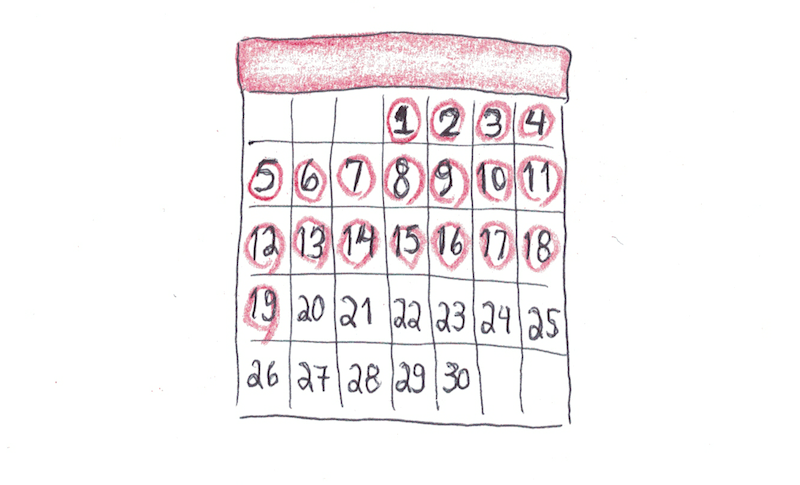The 30-Day Trial
You commit to some change for 30 days, then tou can go back to your old ways. But having spent thirty days applying a new behavior is often enough to convince you to stick with it.
Pros:
- Can handle more significant/difficult behavior changes you might be unlikely to start with a perpetual commitment.
- Fosters an experimental mindset, rather than assuming you already know what’s best.
Cons:
- 30 days probably isn’t enough to actually make something a habit.
- Without a long-term plan, many 30-day trials will revert back to the original behavior.
355
577 reads
The idea is part of this collection:
Learn more about personaldevelopment with this collection
How to find common interests
How to be a good listener
How to overcome social anxiety
Related collections
Similar ideas to The 30-Day Trial
The 30-day rule
For more expensive items simply choose to wait 30 days after your first serious impulse before buying the expensive item, provided that it’s not an essential or emergency need.
Use that time to do a little research and make sure you actually want or will use the item, and also give i...
Steps For Implementing The 30-Day Rule
- Review your spending, taking an inventory of all your purchases. This provides a better understanding of where the money goes.
- Start to look at what all spending can be curbed (it will be a lot) and one can start small, like by not buying the candy at the grocery store while waitin...
Don’t Break the Chain
Keep track of how many days in a row you’ve successfully followed your habit. As your chain gets longer and longer, you become increasingly committed to the habit.
Pros:
- Maintains habits over a longer timeframe than a 30-day trial.
- Better for thing...
Read & Learn
20x Faster
without
deepstash
with
deepstash
with
deepstash
Personalized microlearning
—
100+ Learning Journeys
—
Access to 200,000+ ideas
—
Access to the mobile app
—
Unlimited idea saving
—
—
Unlimited history
—
—
Unlimited listening to ideas
—
—
Downloading & offline access
—
—
Supercharge your mind with one idea per day
Enter your email and spend 1 minute every day to learn something new.
I agree to receive email updates

